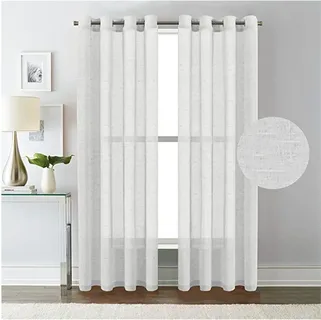When preparing for a move, people often focus on fragile items like glassware or electronics while overlooking soft household goods such as curtains, rugs, and linens. Yet, if not packed correctly, these fabrics can become wrinkled, damaged, or even moldy during transport. To avoid headaches on moving day, it’s important to know the best practices for packing textiles so they arrive fresh and ready for use. Just as arranging Flyttstädning Lund ensures your old space is spotless before leaving, following careful packing methods for fabrics ensures your new home feels comfortable and organized from the moment you arrive.
Why Packing Fabrics Matters
Soft goods may not break like dishes, but they are still vulnerable. Curtains can snag, rugs can absorb odors or moisture, and linens can get lost in the shuffle of boxes. Proper packing protects these essentials and reduces unnecessary stress when setting up your new home.
Step 1: Clean Before You Pack
Wash linens, vacuum rugs, and dry-clean curtains if necessary. Packing dirty fabrics can trap odors and stains, making them harder to remove later. Clean textiles also feel fresher when you unpack.
Step 2: Use the Right Materials
You’ll need sturdy boxes, plastic bins, or vacuum-sealed bags for linens and curtains. For rugs, heavy-duty plastic wrap or rug bags provide excellent protection against dust and moisture.
Step 3: Fold and Roll Strategically
- Curtains: Fold carefully to avoid creases. If possible, hang them in wardrobe boxes to keep them wrinkle-free.
- Rugs: Roll tightly with the pile facing inward, then secure with rope or plastic wrap.
- Linens: Fold neatly and place in vacuum-sealed bags to save space.
Step 4: Label Boxes Clearly
Mark boxes with contents and the intended room, such as “Bedroom Curtains” or “Living Room Rug.” This makes unpacking faster and more organized.
Step 5: Protect Against Moisture
Moisture is the biggest enemy of fabrics. Place silica gel packets or moisture absorbers inside boxes or bags to keep textiles dry during transit.
Step 6: Consider Professional Support
If you’re short on time, some moving companies offer fabric packing assistance. Choosing reliable relocation services ensures your curtains, rugs, and linens are handled with care. Professionals have access to high-quality packing supplies and know how to protect textiles against common risks like mold, odors, or damage during handling.
Step 7: Keep Essentials Accessible
Pack a small set of linens and towels separately so you can use them immediately in your new home. Nothing is worse than digging through boxes after a long moving day just to find bedding.
Step 8: Store Properly if Needed
If your move requires storage, ensure textiles are placed in climate-controlled facilities. This prevents damage from humidity, pests, or fluctuating temperatures.
Step 9: Unpack Quickly
The sooner you unpack textiles, the better. Hanging curtains immediately reduces wrinkles, and laying out rugs helps them regain their shape after being rolled.
Step 10: Freshen Fabrics After the Move
Even with precautions, fabrics may smell stale after transport. Wash linens, air out rugs, and steam curtains to refresh them in your new home.
Common Mistakes to Avoid
- Packing dirty or damp fabrics.
- Forgetting to label boxes by room.
- Storing rugs without proper wrapping.
- Leaving essentials buried in sealed boxes.
Benefits of Proper Fabric Packing
- Preservation: Fabrics arrive clean and undamaged.
- Efficiency: Clear labeling simplifies unpacking.
- Comfort: Essentials are available immediately.
- Peace of mind: Professionals can handle the process if needed.
Conclusion: Fabrics Deserve Attention Too
Curtains, rugs, and linens may not seem like the most delicate items, but without careful packing, they can easily become damaged or inconvenient to deal with. By cleaning, folding, labeling, and protecting against moisture, you’ll ensure your textiles arrive in perfect condition.
Just as movers protect your furniture, your attention to detail protects the soft goods that make a house feel like home. With the right strategy, your fabrics will help create a welcoming atmosphere in your new space from the very first day.

